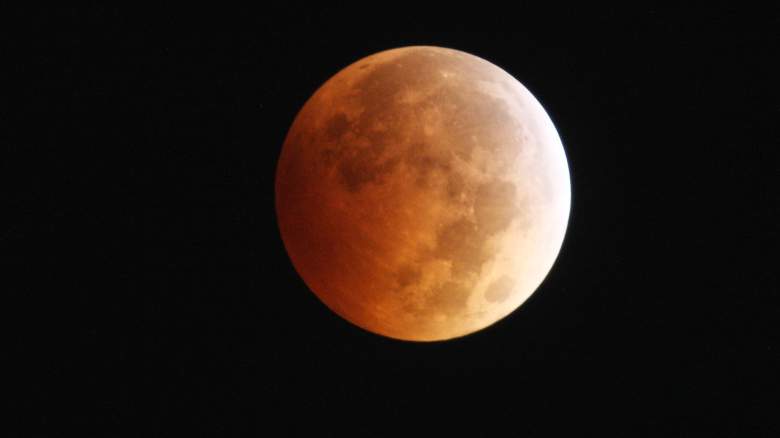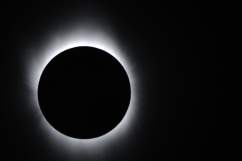
After today’s Great American Eclipse of 2017, we’ll have to wait until 2024 for another total solar eclipse to be visible over the U.S. However, we don’t have to wait that long for the next exciting astronomy event. The next total lunar eclipse visible in the U.S. is in 2019. Read on to find out what the difference is between a solar and lunar eclipse, plus check out the dates for the next event.
Lunar vs. Solar Eclipses
A total lunar eclipse creates what’s known as the “blood moon.” The moon appears blood red or orange because the Earth is casting its shadow upon the moon.
In a solar eclipse, the moon is between the Earth and the sun, so the moon blocks the sun. If you’re in the path of totality today, it will get so dark for about two to three minutes that you will be able to see planets in the middle of the day.
In a lunar eclipse, the Earth is between the moon and the sun, and all three objects are in perfect alignment, as NASA explains. Therefore, the earth is creating a shadow on the moon’s surface, making it turn red. The lunar eclipse can only happen when there’s a full moon, but it doesn’t happen every time there’s a full moon because the moon is about 5 degrees off from perfect alignment with earth’s orbital plane, notes EarthSky.
Another huge difference between solar and lunar eclipses is that lunar eclipses don’t require special glasses to watch.
The Next Lunar Eclipse
On August 7, 2017, 14 days before today’s eclipse, we saw a lunar eclipse. This was best visible over Eastern Europe, Africa, Asia and Australia.
The next total lunar eclipse is on January 31, 2018. This will be visible for those living in northwest North America, including Canada and Alaska. Parts of Washington, Oregon and California might also be able to see parts of it, according to TimeAndDate.com.
A second total lunar eclipse will take place on July 27, 2018 and will only be visible on the Eastern Hemisphere.
The next total lunar eclipse that will be visible for everyone in the U.S., including Alaska and Hawaii, is on January 21, 2019. That’s 517 days away, notes TimeAndDate.com. The entire eclipse will be visible from start to finish for everyone in North and South America, as well as the U.K., Portugal and Norway.
